Apple's iPhone 4: Thoroughly Reviewed
by Brian Klug & Anand Lal Shimpi on June 30, 2010 4:06 AM EST- Posted in
- Smartphones
- Apple
- iPhone 4
- Gadgets
- Mobile
Screen - Retina Display
Right out of the box, the iPhone 4's new 326 PPI, 960x640, 3.5" display is arguably the single most striking change the new iPhone brings. In a word, it's dazzling. Text and high res images look amazingly sharp on the iPhone 4’s retina display. It’s an improvement over the 800 x 480 AMOLED screens that have been shipping on most Android phones. But if you’re comparing it to an iPhone 3GS the difference is huge.
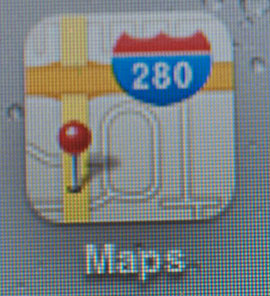 |
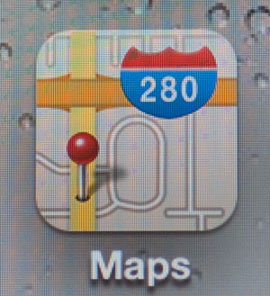 |
|
iPhone 3GS
|
iPhone 4
|

Text on the Google Nexus One

Text on the iPhone 4
The dot pitch is truly remarkable, so much so that Apple makes the claim that their display outresolves the human eye; its advertised ability to do so has earned it a new Apple tradename, "retina display."
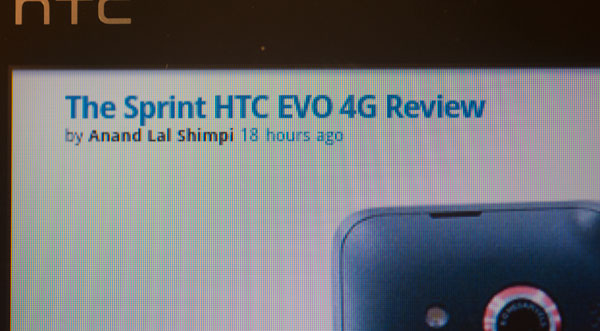
Text on the HTC EVO 4
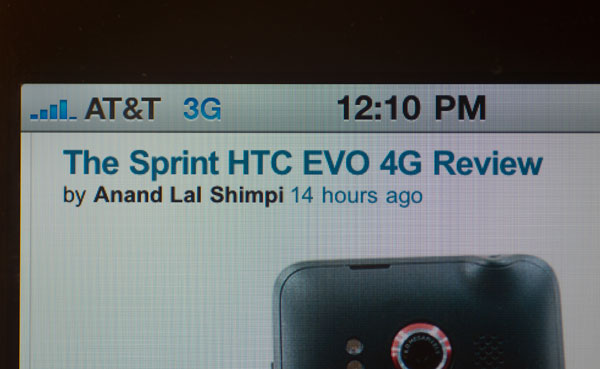
Text on the iPhone 4

AnandTech Logo on the EVO 4G

AnandTech Logo on the iPhone 4
Immediately after hearing Apple's claim that the Retina Display outresolves the human eye, I snapped into optics mode and crunched the numbers, and tweeted that the results were valid.
In the days that followed, there was considerable debate about the validity of Apple's claims. However, nearly all of the debate really just hinged on a debate over angular resolution of the human eye, and a little more over viewing distance. They're both entirely conventions.
As you've probably discovered by now, the human eye resolution can really only be characterized in angular subtense. Hold something closer to your eye, and you can see smaller features better (in theory), move it further away, and you can't make out small spatial details. The minimum angle visible with the human eye is the angle at which features (for the most common definition, a black and white square wave) stop being visible, and are indistinguishable from each other.
Most measures of visual acuity test with this implicitly - the Snellen eye chart's use of the capital "E" is literally a perfect example, which has given rise to a "tumbling E" eye chart. At twenty feet, the capital E subtends 5 minutes of arc, and conveniently has five half cycles of white to black (from top to bottom). So 20/20 implicitly implies an angular resolution of 1 arcminute (1/60 degrees).
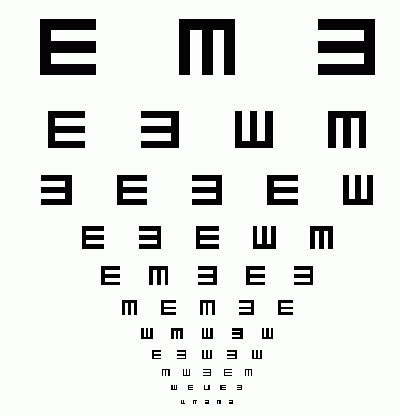
As an Optical Sciences and Engineering undergrad, I've had 1 arcminute drilled into my head more times than I can count as being the "normal" angular resolution of the human eye system. In practice, this is 20/20 vision, which is "normal," yet not perhaps the absolute maximum for human perfection. We can play games of course and argue that a small subset of the population has better than normal uncorrected vision, and thus an angular resolution of below 1 arcminute. I have above average uncorrected vision, which I've measured to be 20/15 on average, giving an angular resolution of approximately 0.75 arcminutes. Of course, the definitions stem from the spacing of cones in the fovea, the highest resolution part of the retina.
The other informational quantity needed to test the Retina Display claims is viewing distance. Again, there's a commonly agreed upon convention - standard viewing distance is considered to be 1 foot. This is another drilled into my brain number tossed around for comfortable viewing and reading. In practice, you can focus on objects much closer to your eye - this is called the near point and is often given as 10 inches, though as you get closer you increase strain aren't likely to keep it here.

Maybe not exactly the limit, but close enough.
Given the two most common standards tossed around, 1 arcminute and 12 inches, do the math out and you'll arrive at around 286 pixels per inch as the limit for eye resolving power, comfortably below the 326 on the Retina Display. Move to 0.75 arcminutes at 12 inches, and it's 382 pixels per inch, higher than the Retina Display. Honestly, I can't see the pixels at 12 inches.
Of course, the real story is even more complicated. Remember how the definition comes with the implicit assumption that we're dealing with a square wave pattern from white to black? That's a factor too - the contrast of the two pixels. Lower the contrast, and the eye's ability to pick out features decreases even more. So far, everything we've talked about has been first order, and without aberrations. Toss in spherical and astigmatism, two aberrations common to the eye system, and eye performance drops way more.
The human eye system is actually pretty poor, and shockingly easy to outresolve. In fact, if you saw the image your eye forms on your retina, you'd likely be appalled; it's your brain that makes the system usable. But at the end of the day, Apple's claims that the display outresolves the human eye are good enough for us.










270 Comments
View All Comments
MacTheSpoon - Wednesday, June 30, 2010 - link
If you do have 1 bar all the time, then you're right: who cares? However, you may eventually find yourself in an area with less than 5 bars of reception and if you happen to hold the phone wrong then the antenna problem will drop your reception down to 0 bars. Then all the sensitivity of this phone at 1 bar will be irrelevant.Unless you spring for a case that Apple will not give you for free as they should.
czesiu - Wednesday, June 30, 2010 - link
I would love to see few more phones in the Signal Attenuation Comparison:)jed22281 - Wednesday, June 30, 2010 - link
Can you please have a round up like this?!??Only problem is, I don't think we'll have solid/detailed info about the n9 till Sept @nokiaworld
But we do know it'll be the 1st smart-phone using Meego (maemo's cousin)
Finally - Wednesday, June 30, 2010 - link
(*sound of a cash register*) Ka-Shing! Apple Markting iBlah(tm) down to the very fine undertones...
Finally - Wednesday, June 30, 2010 - link
You forgot to mention that it is also INCREDIBLE, BEAUTIFUL & AMAZING!http://www.youtube.com/watch?v=Nx7v815bYUw
plewis00 - Wednesday, June 30, 2010 - link
And 'Magical'Griswold - Wednesday, June 30, 2010 - link
Revolutionary - again!Finally - Wednesday, June 30, 2010 - link
http://theoatmeal.com/comics/appleJAS - Wednesday, June 30, 2010 - link
"Why go to a fine restaurant [iPhone 4] when you can just stick something in the microwave [Google Android]?""Why go to the park and fly a kite [iPhone 4] when you can just pop a pill [Google Andriod]?"
* With thanks to Seinfeld's Kramer
plewis00 - Wednesday, June 30, 2010 - link
I agree and I like Anandtech articles for the same reason - the in-depth nature and accuracy is what I wait for.Do you know then with this Bumper case if a ZAGG (or similar) clear body armour set will still allow the Bumper case to fit? I don't think it matters too much as if the dock connector is obscured that will be a bigger problem for me.